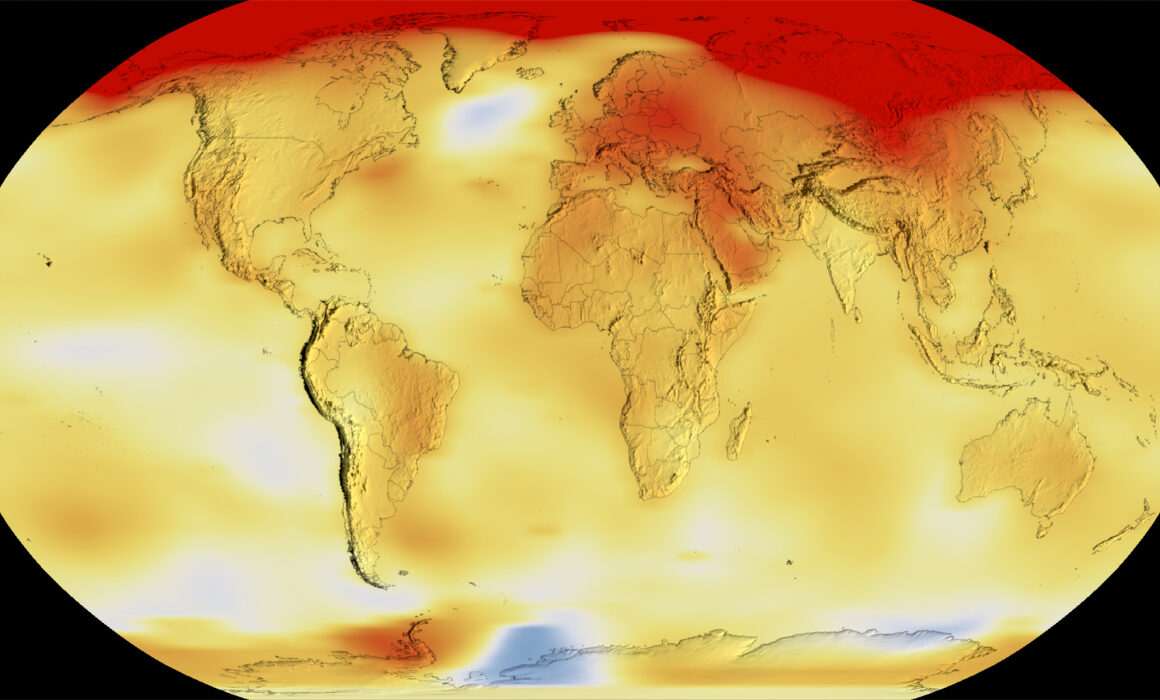Climate Change Can Put More Insects at Risk for Extinction
New NASA research models are shedding light on how insect populations may respond to severe changes in temperature that are likely climate change. In a study recently published in Nature Climate Change, scientists found that 65% of the insect populations they examined could go extinct over the next century.
Insects perform many important roles in Earth's ecosystems. They assist with the production of fruits, vegetables, and flowers through pollination. They decompose organic matter. They even help control harmful pests. But there are gaps in our understanding of how insects and ecosystems will respond to climate change.
“We needed a modeling tool to understand how insect populations will be affected by variations in temperature,” said Dr. Kate Duffy, a former postdoctoral researcher at NASA’s Ames Research Center in California’s Silicon Valley. “And that’s what we aimed to offer with this study: a more direct and accurate way for scientists to understand this dynamic."
Duffy and other scientists used advanced models to explore how cold-blooded insect populations would respond to projected temperature changes over the next century. The research group found that 25 of 38 insect species they studied could face increased extinction risk over the next century, particularly due to dramatic and erratic temperature swings in their local environments.
Scientists expect climate change to negatively affect biological diversity — the amount of variation found in the genes, species, and ecosystems on Earth. Maintaining diversity is essential for human health, food security, clean air and water, and for millions of agricultural jobs worldwide. Understanding which species may be most at risk could allow conservationists to more accurately target efforts to combat losses of diversity.
Many previous studies have relied on the relationship between average temperatures and species health to inform statistical models of climate impacts on species attributes (such as their distribution or abundance). But such models can be sometimes erroneous because the relationship between temperatures and species performance is complex — with many factors coming into play — and few models properly account for fluctuations in temperature.
To gain a more detailed view of how temperature changes will affect insect populations, Duffy and colleagues integrated climate projections from the World Climate Research Program, data about how insects perform at different temperatures, and mathematical models — what scientists call “dynamic modeling.” This approach is unique because it integrates climate projections with existing insect temperature response models to yield insect population projections. Previous studies provided insight into the growth rate of insect populations, but they haven’t before scaled models to the population level.
Their analysis showed that due to extreme changes in temperatures, 65 percent of the 38 populations studied could face an increased risk of extinction over next 50 to 100 years. Temperature changes are particularly threatening for cold-blooded insects because the creatures lack mechanisms to regulate their body temperature during drastic temperature swings.
"The ecological and data-driven models in this study could enable more accurate predictions of ecological response than we've ever had before and inform more targeted strategies for helping species adapt to climate change,” said Auroop Ganguly, a researcher at Northeastern University and a co-author on the paper.
This research was primarily funded by grants from the National Science Foundation, with additional support from the Department of Defense. Duffy led this study while supporting the NASA Earth Exchange team at Ames and while pursuing her doctorate at Northeastern University. She recently co-founded Zeus AI, a NASA Small Business Innovation Research-funded startup using machine learning for weather forecasting.


